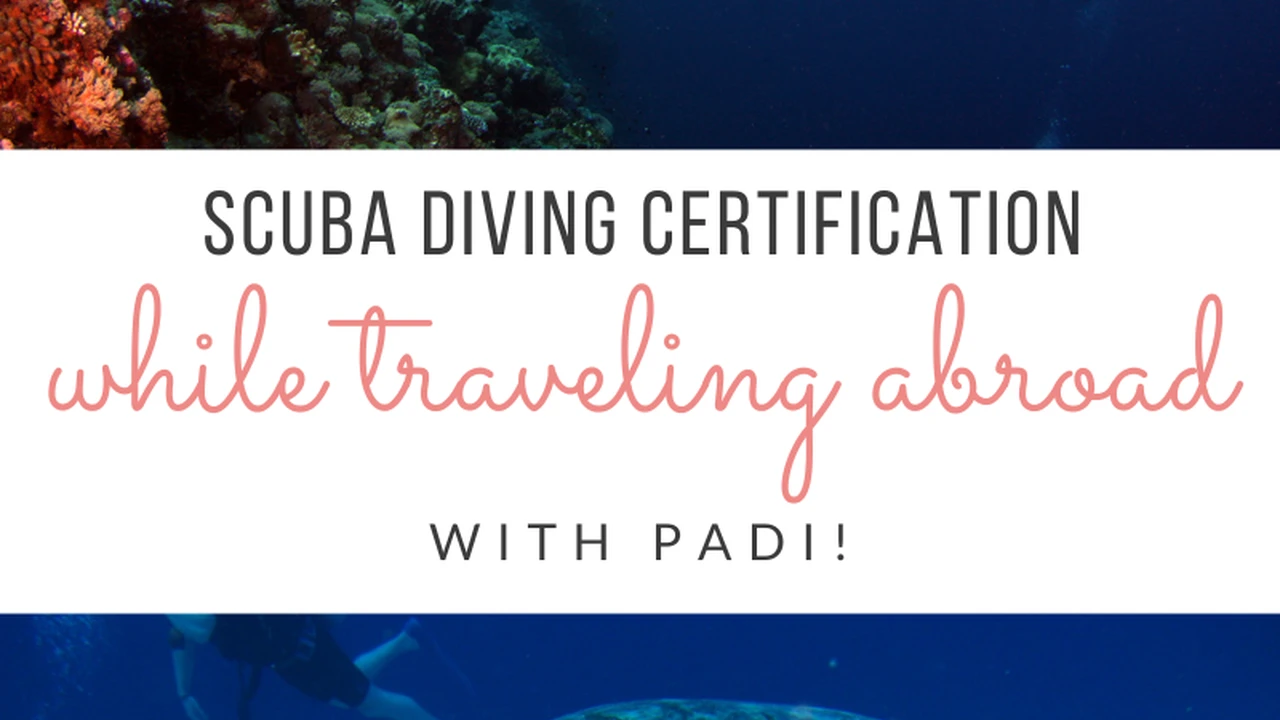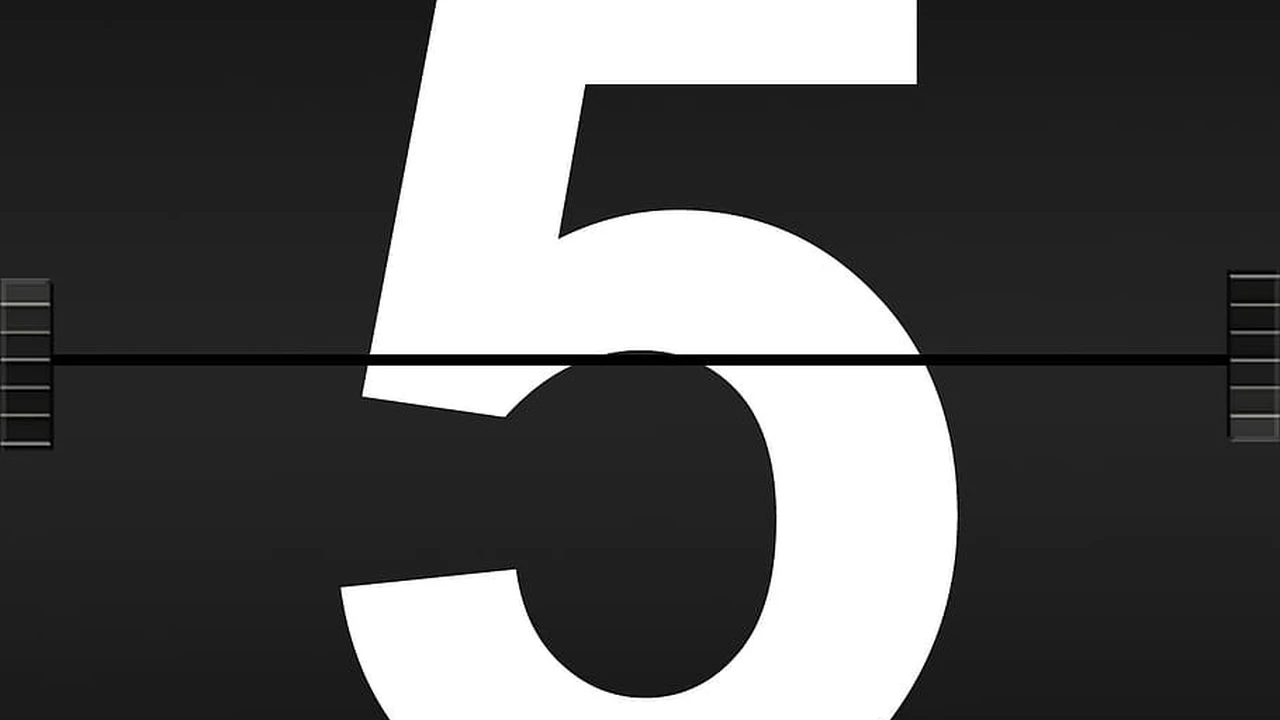Choosing the Best Scuba Diving Certification Agency
Comparison of PADI, SSI, and other agencies to help you select the right certification for your diving journey.

Comparison of PADI, SSI, and other agencies to help you select the right certification for your diving journey.
Choosing the Best Scuba Diving Certification Agency
Understanding Scuba Diving Certification Agencies
So, you're ready to dive into the amazing underwater world? That's awesome! But before you can explore vibrant coral reefs or mysterious shipwrecks, you'll need to get certified. This is where scuba diving certification agencies come in. Think of them as the schools that teach you how to dive safely and responsibly. They set the standards for training, develop courses, and issue certifications that are recognized globally. While there are several agencies out there, a few stand out as the most popular and widely accepted. We're talking about PADI, SSI, and a few others that offer slightly different approaches to learning.
PADI Professional Association of Diving Instructors
PADI, or the Professional Association of Diving Instructors, is probably the most well-known name in recreational scuba diving. They're huge, with dive centers and instructors all over the world. If you've heard of scuba diving, you've probably heard of PADI. Their courses are very structured, with a strong emphasis on standardized procedures and safety. This consistency means that no matter where you get your PADI Open Water Diver certification, the core skills and knowledge will be the same. This can be a big plus for new divers who want a clear, step-by-step learning path.
PADI Course Structure and Learning Experience
PADI's Open Water Diver course typically involves three main phases: knowledge development, confined water dives, and open water dives. Knowledge development can be done online with PADI eLearning, through a textbook, or in a classroom setting. This covers all the theory you need to know, like dive physics, equipment, and safety procedures. Then you move to confined water, usually a swimming pool or a calm, shallow area, where you practice basic scuba skills under direct supervision. Finally, you head to open water for at least four dives, applying everything you've learned in a real-world environment. PADI's system is very methodical, which many find reassuring.
PADI Certification Recognition and Global Reach
One of PADI's biggest strengths is its global recognition. A PADI certification card is like a passport to dive sites everywhere. Almost every dive shop, resort, and liveaboard operator worldwide will recognize and accept a PADI certification. This makes it super convenient for travelers who want to dive in different countries without any hassle. Their extensive network of dive centers also means it's usually easy to find a PADI instructor or dive shop no matter where you are.
SSI Scuba Schools International
SSI, or Scuba Schools International, is another major player in the diving world. While perhaps not as universally recognized as PADI, SSI has a very strong presence, especially in certain regions, and is growing rapidly. SSI's approach to training is often described as being a bit more flexible and personalized. They emphasize what they call the 'Comfort Through Repetition' method, meaning instructors can spend more time on specific skills until the student feels completely comfortable. This can be great for learners who prefer a less rigid pace.
SSI Course Structure and Learning Experience
Similar to PADI, SSI's Open Water Diver course also has knowledge development, confined water, and open water components. However, SSI often integrates the academic portion more closely with the in-water training. Many SSI centers offer free online access to their digital learning materials, which is a nice perk. The 'Comfort Through Repetition' philosophy means that while there are minimum requirements for skills, instructors have the flexibility to repeat exercises as many times as needed until the student masters them. This can lead to a more confident and relaxed diver.
SSI Certification Recognition and Global Reach
SSI certifications are widely recognized and respected globally. While PADI might have a slight edge in sheer numbers of dive centers, SSI is accepted by the vast majority of dive operators around the world. You won't typically run into issues using an SSI certification to dive or continue your education. SSI also has a strong focus on dive centers and resorts, often partnering directly with them, which can sometimes lead to a more integrated and seamless experience if you're learning at a resort.
Other Notable Scuba Diving Agencies
While PADI and SSI dominate the recreational diving scene, there are other excellent agencies worth considering, especially if you have specific interests or are looking for a different training philosophy.
NAUI National Association of Underwater Instructors
NAUI, the National Association of Underwater Instructors, is one of the oldest and most respected certification agencies. They are known for their strong emphasis on leadership and instructor autonomy. NAUI instructors have more flexibility in how they teach, often tailoring courses to individual student needs. This can result in a very high-quality, personalized learning experience. NAUI is particularly popular in North America and among more experienced divers or those looking to become dive professionals. Their certifications are globally recognized.
CMAS Confédération Mondiale des Activités Subaquatiques
CMAS, or the World Underwater Federation, is an international organization that governs various underwater sports, including scuba diving. CMAS certifications are very popular in Europe and parts of Asia. Their system uses a star rating (e.g., One Star Diver, Two Star Diver) to indicate experience and skill level. CMAS focuses heavily on practical skills and often involves more in-water time during training. If you plan to dive extensively in Europe, a CMAS certification might be particularly useful.
SDI Scuba Diving International
SDI, Scuba Diving International, is part of the TDI/SDI/ERDI family of agencies, which also includes Technical Diving International (TDI) for technical diving and Emergency Response Diving International (ERDI) for public safety diving. SDI focuses on recreational diving and is known for its modern, practical approach to training. They were one of the first agencies to fully embrace online learning. SDI certifications are well-regarded, especially in North America, and are recognized internationally.
Key Factors When Choosing Your Certification Agency
So, how do you pick the right one for you? It's not just about the agency name; it's about finding the best fit for your learning style and diving goals. Here are some key things to consider:
Instructor Quality and Personality
This is arguably the most important factor. The agency sets the standards, but your instructor delivers the training. A great instructor can make all the difference, making learning fun, safe, and effective. Look for an instructor who is patient, knowledgeable, and passionate about diving. Don't hesitate to chat with potential instructors before committing to a course. Ask about their teaching style, their experience, and what they enjoy most about teaching. A good rapport with your instructor will significantly enhance your learning experience.
Dive Center Facilities and Location
Consider where you'll be doing your training. Is the dive center conveniently located? Do they have good facilities, like a dedicated classroom, a well-maintained pool, and quality rental equipment? Are their open water dive sites easily accessible and suitable for learning? Some dive centers specialize in certain types of diving or cater to specific groups, so find one that aligns with your needs. For example, if you're learning in a cold climate, ensure they have appropriate dry suit training options.
Course Cost and Inclusions
Prices for Open Water Diver courses can vary. Make sure you understand what's included in the cost. Does it cover all materials (e.g., online learning access, textbook), confined water sessions, open water dives, equipment rental, and certification fees? Some courses might seem cheaper upfront but then hit you with hidden costs. Always ask for a full breakdown of expenses. Remember, the cheapest option isn't always the best, especially when it comes to safety and quality of instruction.
Learning Style and Flexibility
Think about how you learn best. Do you prefer a highly structured, step-by-step approach (like PADI often offers)? Or do you thrive with more personalized attention and flexibility in pacing (which SSI or NAUI might provide)? Do you want to do most of your knowledge development online at your own pace, or do you prefer classroom sessions? Some agencies offer more robust online learning platforms than others. For example, SDI was an early adopter of comprehensive online learning.
Future Diving Goals and Specializations
Consider what kind of diving you want to do in the future. While all major certifications allow you to continue your education with other agencies, sticking with one agency for advanced courses can sometimes be smoother. If you're interested in technical diving, for instance, an agency like SDI (which is linked to TDI) might offer a more direct progression. If you dream of becoming a dive professional, research which agencies have the strongest professional development programs and job placement networks.
Comparing PADI and SSI in Detail
Since PADI and SSI are the two giants, let's break down some common comparisons people make.
PADI vs SSI Training Philosophy
PADI is often seen as more prescriptive. They have very specific performance requirements for each skill, and instructors must adhere closely to these. This ensures a high level of standardization. SSI, on the other hand, emphasizes 'Comfort Through Repetition.' While they also have performance requirements, instructors have more leeway to repeat skills until the student feels truly comfortable and confident. This can be beneficial for students who need a bit more time to master certain movements or concepts.
PADI vs SSI Digital Learning Platforms
Both agencies offer excellent digital learning options. PADI's eLearning is comprehensive and well-designed, allowing you to complete the academic portion of your course online before even setting foot in a dive center. SSI also provides robust digital learning materials, often accessible for free or at a lower cost than PADI's. Many divers find SSI's digital logbook and certification card system very user-friendly.
PADI vs SSI Equipment Requirements
Generally, both agencies have similar equipment requirements for their Open Water Diver courses. You'll need basic scuba gear: mask, snorkel, fins, BCD (Buoyancy Control Device), regulator, dive computer, and a wetsuit (or dry suit, depending on water temperature). Many dive centers include rental equipment in the course fee. Some agencies might have slightly different recommendations for personal gear, but these are usually minor. The most important thing is that the equipment is well-maintained and fits you properly.
Recommended Products and Gear for New Divers
While your dive center will likely provide rental gear for your initial course, investing in some personal items early on can enhance your comfort and experience. Here's a look at some key pieces and what to consider.
Masks for Clear Vision Underwater
A good mask is crucial. It needs to fit your face comfortably and create a good seal to prevent leaks. Try on several masks before buying. Look for low-volume masks for easier clearing and a wide field of vision. Silicone skirts are generally more comfortable and durable than PVC.
- Aqua Lung Look 2 Mask: A classic, reliable choice known for its comfortable fit and wide field of view. Often around $70-$90. Great for beginners due to its simplicity and effectiveness.
- Scubapro Synergy 2 TruFit Mask: Features a unique skirt design that adapts to different face shapes, offering exceptional comfort and seal. Pricier, usually $100-$130, but worth it for the fit.
- Cressi Big Eyes Evolution Mask: Popular for its large lenses that provide an excellent panoramic view. Good value at about $60-$80.
Snorkels for Surface Swimming
While often overlooked, a good snorkel is handy for surface swimming to and from dive sites, or just for snorkeling on its own. Look for one with a comfortable mouthpiece and a purge valve for easy clearing.
- Mares Ergo Flex Snorkel: Features a flexible corrugated tube and a comfortable mouthpiece. Simple and effective, around $25-$35.
- Oceanic Ultra Dry Snorkel: Known for its dry top that prevents water from entering when submerged, and an efficient purge valve. A bit more expensive at $40-$50, but great for keeping water out.
Fins for Efficient Propulsion
Fins come in two main types: open-heel (worn with dive boots) and full-foot (worn barefoot). Open-heel fins are more versatile for different water temperatures and offer better power. Full-foot fins are great for warm water and snorkeling.
- Scubapro Go Travel Fins (Full-Foot): Lightweight and compact, perfect for warm water travel. Excellent propulsion for their size. Around $70-$90.
- Mares Avanti Quattro Plus Fins (Open-Heel): A very popular and versatile fin, known for its power and efficiency. Great for all skill levels. Expect to pay $150-$200.
- Aqua Lung Storm Fins (Full-Foot): A good entry-level full-foot fin, comfortable and efficient for warm water. Priced around $40-$60.
Dive Computers for Safety and Data
A dive computer is an essential safety device that tracks your depth, bottom time, and calculates your no-decompression limits. It's a must-have for every diver.
- Aqua Lung i300C Dive Computer: User-friendly, intuitive, and offers Bluetooth connectivity for logging dives on your phone. A solid entry-level computer, typically $300-$400.
- Shearwater Peregrine Dive Computer: A step up, known for its large, easy-to-read color screen and intuitive interface. Excellent for recreational diving and beyond. Priced around $500-$600.
- Garmin Descent G1 Dive Computer: A smartwatch-style dive computer that also functions as a daily fitness tracker. Great for those who want a multi-purpose device. Starts around $550-$650.
Wetsuits for Thermal Protection
The thickness of your wetsuit depends on the water temperature. Common thicknesses are 3mm (warm water), 5mm (temperate), and 7mm (cooler water). Fit is key for warmth.
- Henderson Thermoprene 3mm Wetsuit: A comfortable and flexible wetsuit, great for tropical diving. Around $180-$250.
- Bare Sport S-Flex 5mm Wetsuit: Known for its stretch and comfort, suitable for a wide range of water temperatures. Typically $250-$350.
Making Your Final Decision
Ultimately, the 'best' certification agency isn't a one-size-fits-all answer. It's about finding the agency and, more importantly, the instructor and dive center that resonate with you. Don't rush the decision. Do your research, read reviews, and if possible, visit a few local dive shops. Talk to the staff and instructors. Ask about their philosophy, their safety record, and what kind of support they offer after certification. Many dive centers are affiliated with multiple agencies, so they might be able to offer you options. The goal is to feel confident, comfortable, and excited about your journey into the incredible world of scuba diving. Happy bubbles!
:max_bytes(150000):strip_icc()/277019-baked-pork-chops-with-cream-of-mushroom-soup-DDMFS-beauty-4x3-BG-7505-5762b731cf30447d9cbbbbbf387beafa.jpg)






